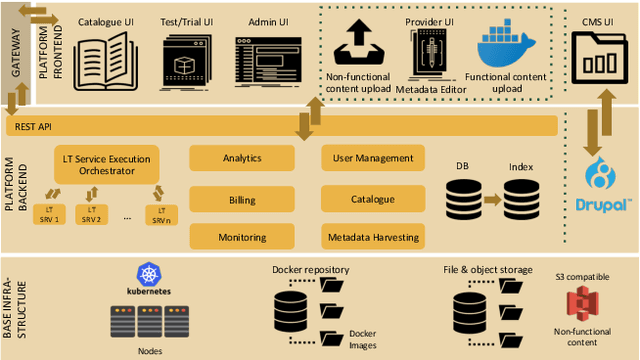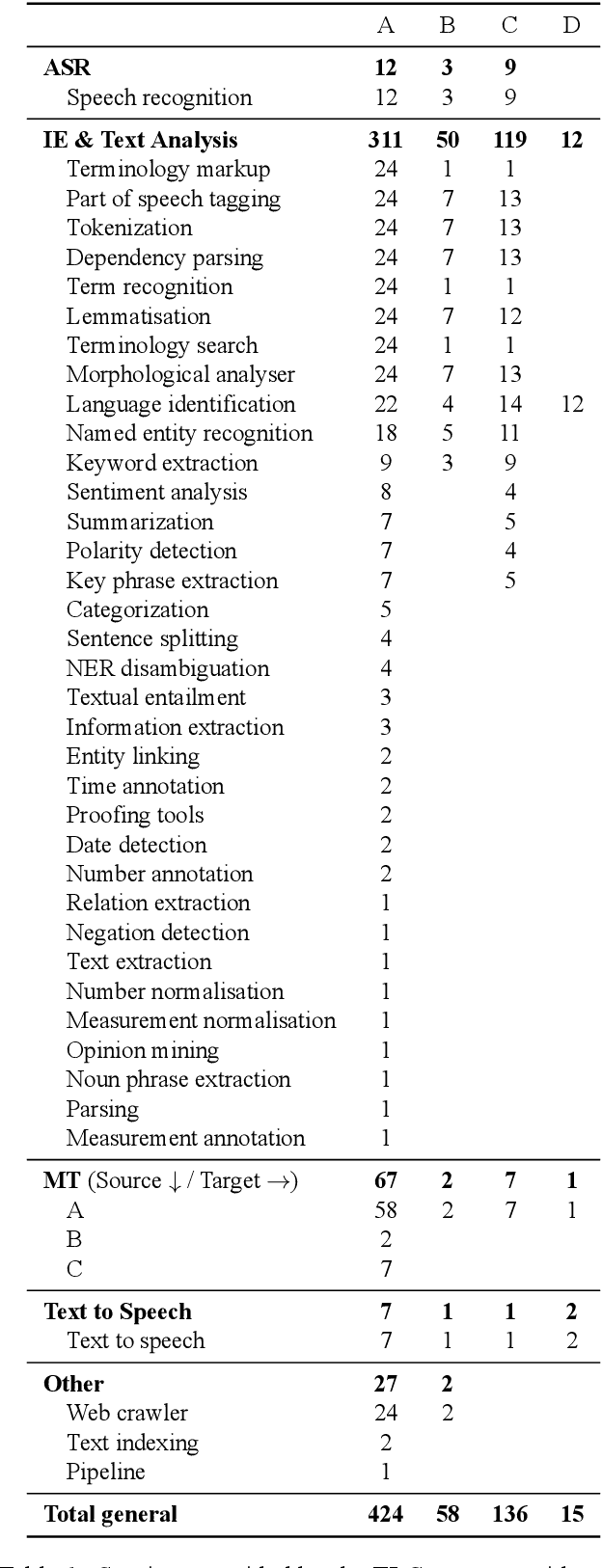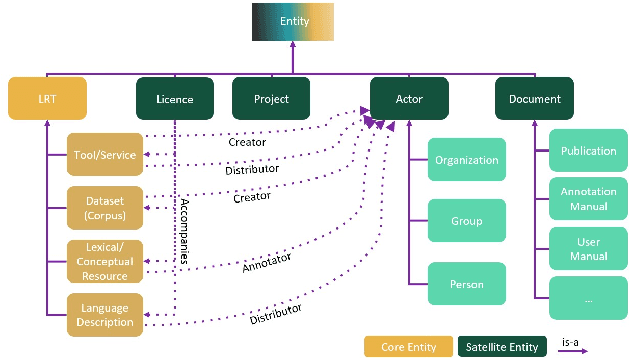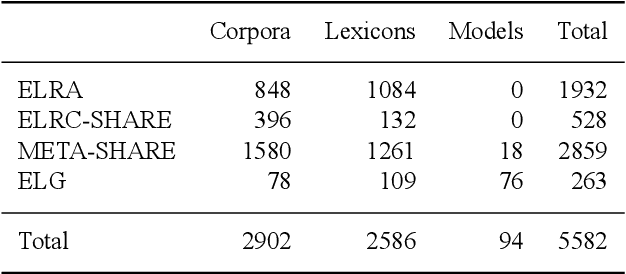Jan Hajic
What's the Meaning of Superhuman Performance in Today's NLU?
May 15, 2023Abstract:In the last five years, there has been a significant focus in Natural Language Processing (NLP) on developing larger Pretrained Language Models (PLMs) and introducing benchmarks such as SuperGLUE and SQuAD to measure their abilities in language understanding, reasoning, and reading comprehension. These PLMs have achieved impressive results on these benchmarks, even surpassing human performance in some cases. This has led to claims of superhuman capabilities and the provocative idea that certain tasks have been solved. In this position paper, we take a critical look at these claims and ask whether PLMs truly have superhuman abilities and what the current benchmarks are really evaluating. We show that these benchmarks have serious limitations affecting the comparison between humans and PLMs and provide recommendations for fairer and more transparent benchmarks.
European Language Grid: An Overview
Mar 30, 2020



Abstract:With 24 official EU and many additional languages, multilingualism in Europe and an inclusive Digital Single Market can only be enabled through Language Technologies (LTs). European LT business is dominated by hundreds of SMEs and a few large players. Many are world-class, with technologies that outperform the global players. However, European LT business is also fragmented, by nation states, languages, verticals and sectors, significantly holding back its impact. The European Language Grid (ELG) project addresses this fragmentation by establishing the ELG as the primary platform for LT in Europe. The ELG is a scalable cloud platform, providing, in an easy-to-integrate way, access to hundreds of commercial and non-commercial LTs for all European languages, including running tools and services as well as data sets and resources. Once fully operational, it will enable the commercial and non-commercial European LT community to deposit and upload their technologies and data sets into the ELG, to deploy them through the grid, and to connect with other resources. The ELG will boost the Multilingual Digital Single Market towards a thriving European LT community, creating new jobs and opportunities. Furthermore, the ELG project organises two open calls for up to 20 pilot projects. It also sets up 32 National Competence Centres (NCCs) and the European LT Council (LTC) for outreach and coordination purposes.
 Add to Chrome
Add to Chrome Add to Firefox
Add to Firefox Add to Edge
Add to Edge